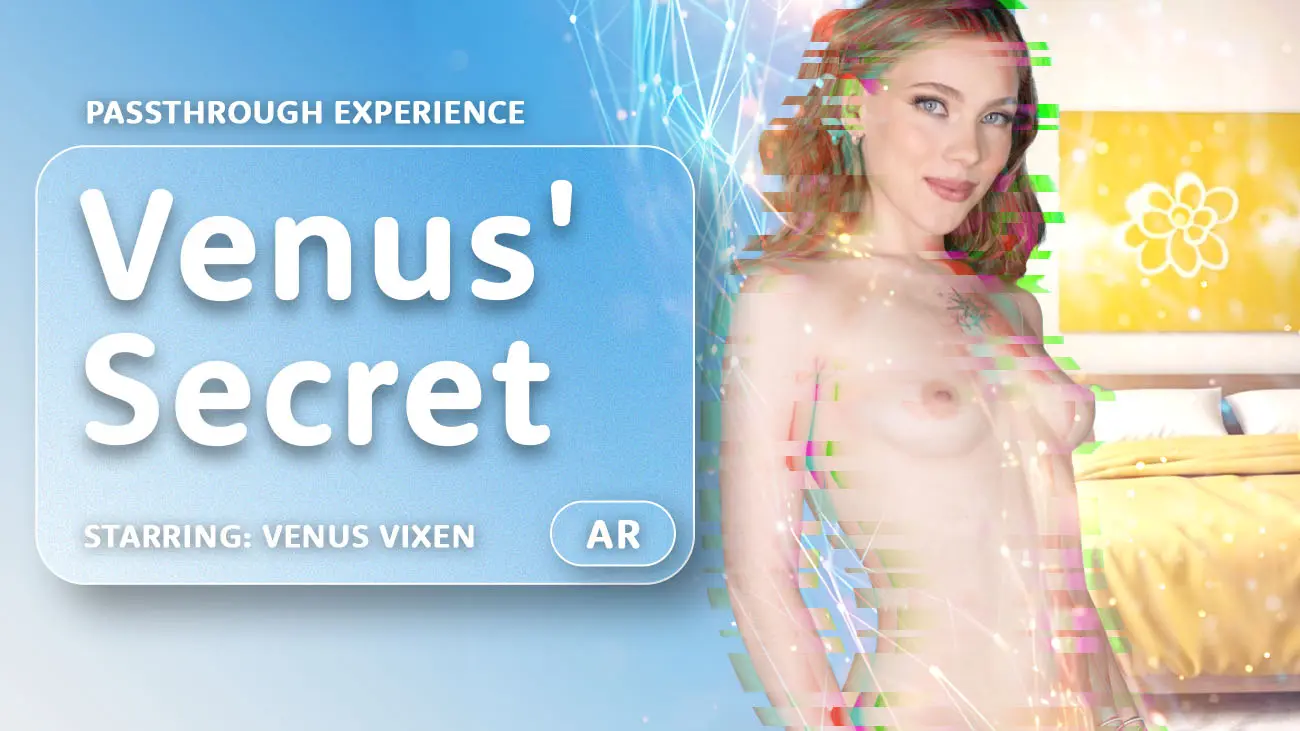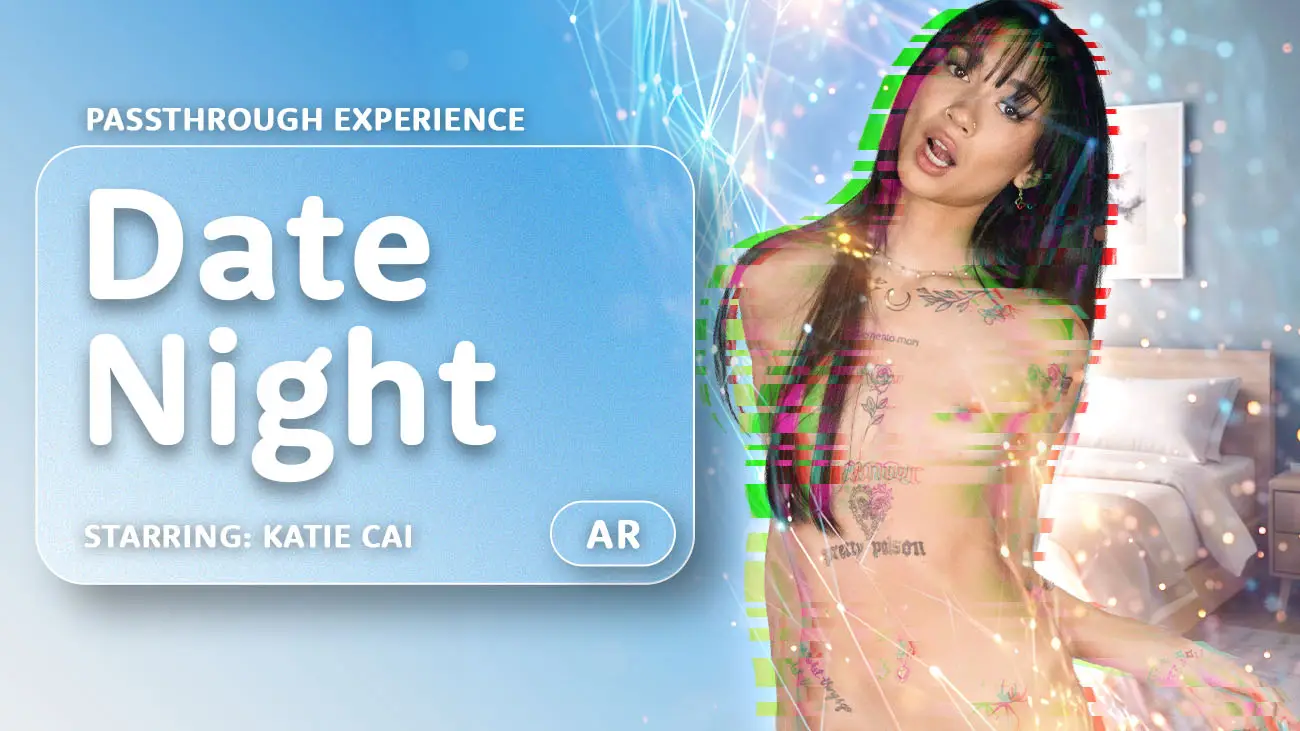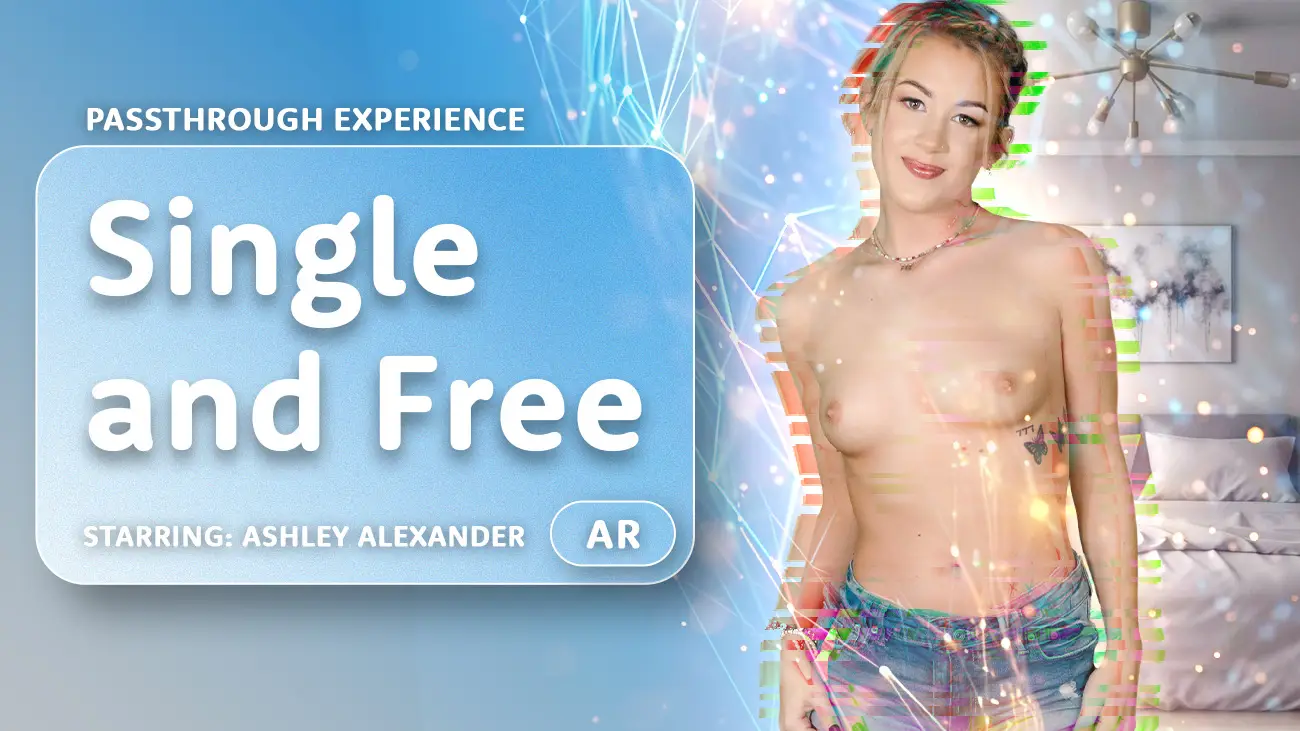Passthrough technology in virtual reality (VR) represents a significant advancement in the way users interact with both virtual and real-world environments. This innovative feature allows VR headsets to capture the surrounding physical space using cameras and sensors, and then display this real-time imagery within the virtual environment. This creates a mixed reality experience where users can see and interact with the real world while immersed in a VR setting. As of the latest developments, companies like Meta and HTC have been integrating passthrough capabilities into their latest VR headsets, enhancing user safety and expanding the potential applications of VR technology.
The integration of passthrough technology has opened up new possibilities for VR use cases across various industries. In gaming, for instance, passthrough enables more interactive and dynamic experiences, allowing players to incorporate real-world objects and movements into their virtual gameplay. In professional settings, such as design and architecture, passthrough can facilitate collaborative work by allowing users to reference real-world elements while manipulating virtual models. Additionally, educational and training programs can benefit from passthrough by providing a more immersive and contextually relevant learning experience, where students can interact with both virtual simulations and their physical surroundings.
Recent advancements in passthrough technology have focused on improving the quality and latency of the captured real-world imagery. High-resolution cameras and advanced image processing algorithms are being employed to ensure that the passthrough visuals are clear and responsive, minimizing any disorienting lag between the real and virtual worlds. As VR technology continues to evolve, the role of passthrough is expected to become increasingly central, driving further innovation and broadening the scope of VR applications. With ongoing research and development, the future of passthrough in VR promises even more seamless and versatile integration of the real and virtual, enhancing the overall user experience.







